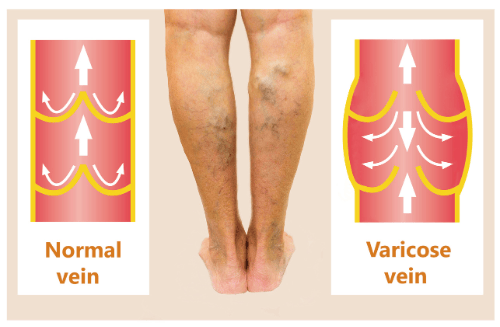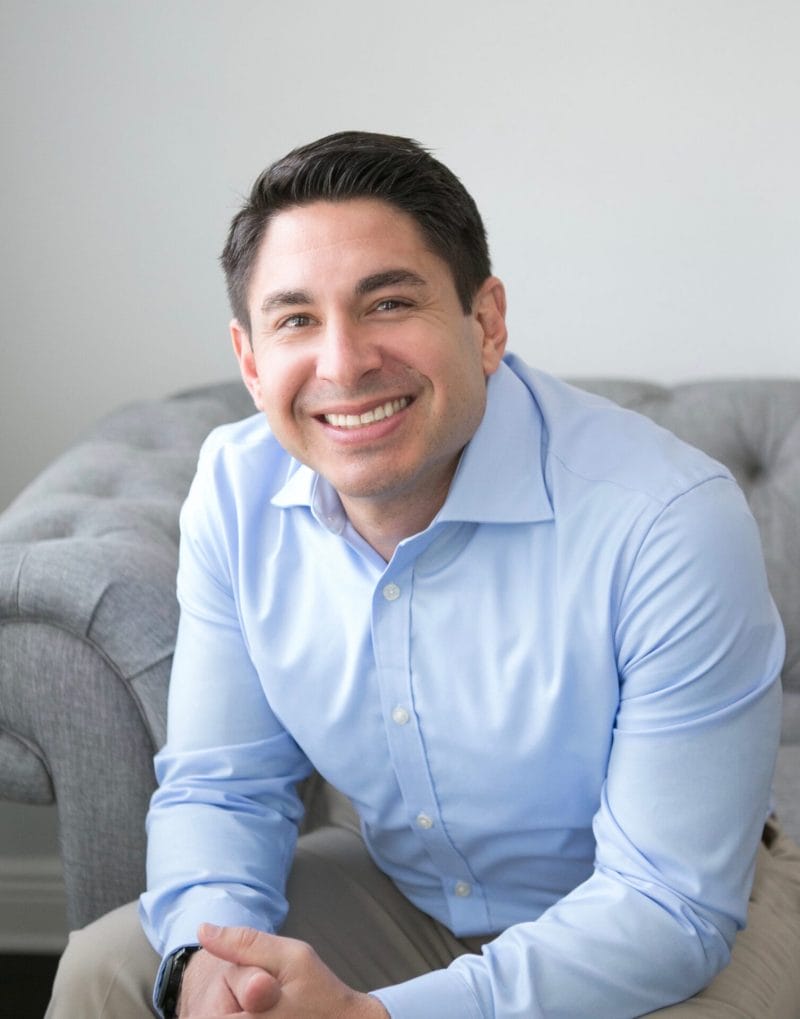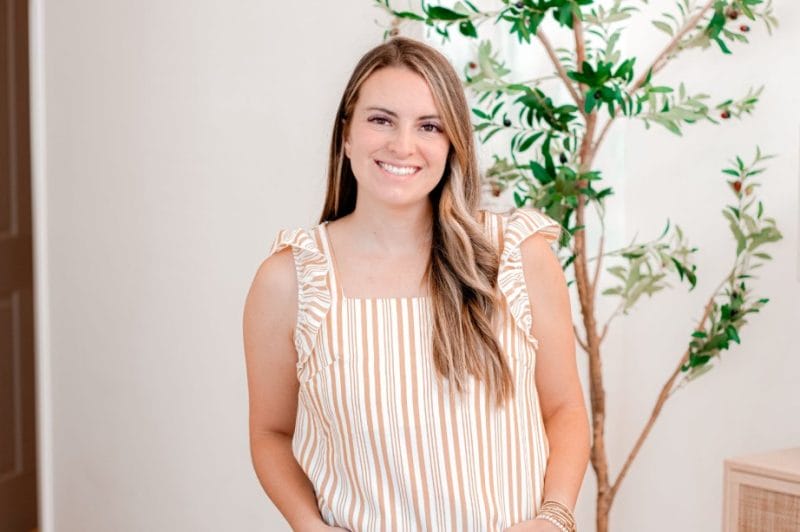
If You Suffer From Varicose Veins - Then You Have More Options Beyond Surgery!
Varicose Veins are enlarged and swollen veins that often appear blue or dark purple, which usually the lower half of the body. They occur when the valves in the veins do not function properly, leading to poor return of blood flow back towards the heart.
Varicose Veins most commonly occur in the legs and feet, with common risk factors for developing varicose veins including aging, being female, pregnancy, family history, obesity, and work involving prolonged standing or sitting.
Common symptoms of varicose veins include:
- veins that appear twisted and bulging, often like cords on the legs
- achy or heavy feeling in the legs
- burning, throbbing, muscle cramping, and swelling in the lower legs
- worsened pain after sitting or standing for long periods
- itching around one or more veins
- skin discoloration around a Varicose Vein
What Causes Varicose Veins?

Varicose Veins are caused mainly due to venous insufficiency, or a condition where your veins are not sufficiently healthy to push blood back up towards the heart.
Unlike the arteries, veins don’t have the advantage of the pumping mechanism of the heart for smooth circulation. Instead, veins utilize the pumping action of muscles and an in-built system of valves which stop the backflow of blood.
If your muscles don’t generate enough pumping action, or you have a medical condition which causes your valves to be weak, then your veins are unable to push used or deoxygenated blood back towards the heart.
As shown in the picture above, when the valves in veins don’t work well, blood pools in the veins – leading to bulging or Varicose Veins.
How Can Varicose Veins Be Treated?
Common treatment options for Varicose Veins range from self-care measures, such as exercising and elevating the legs, to medical procedures like sclerotherapy, laser treatments, and surgery in advanced cases.
Osteopathic Approach to Varicose Veins
How does Osteopathic Treatment address Varicose Veins?
At Pelvic Soul, your practitioner will first take a thorough medical history to determine all the contributing factors to your concerns. Following an assessment of your posture and biomechanics, your practitioner will start with the hands-on portion of your assessment & treatment.
For Varicose Veins, problems with optimal circulation of blood & lymph is suspected in the abdomen & pelvis. This is assessed & treated through mobilization of the diaphragm, which is located under the ribcage. Any additional treatment to the lymph vessels & nodes in your abdomen is completed before your pelvis is addressed.
Similar to other parts of your body, during the assessment and treatment of your pelvis, your care provider will gently “sink” in their hands into the soft tissues and check the mobility of the tissues in 3 planes. Once a restriction is identified, the provider will use gentle pressure to move the soft tissues towards or away from the restriction. Each manipulation or mobilization is held for 60-90 seconds with the patient focusing on relaxation or performing gentle movements to increase the benefit of the provider’s maneuver.
👇🏼 Below is a demonstration of osteopathic assessment and treatment of the pelvic floor. Watch the video from 2:25 minutes to know what to expect when your care provider treats your pelvic floor to address varicose veins and other health problems you may be experiencing. 👇🏼
In conclusion, Varicose Veins can be treated conservatively through osteopathic manipulation therapy. It is best to start sooner than later, to allow for the greatest chance of success.
If you experience this concern, contact us today to get started with personalized care to heal your veins without unnecessary surgery and improve your confidence!







